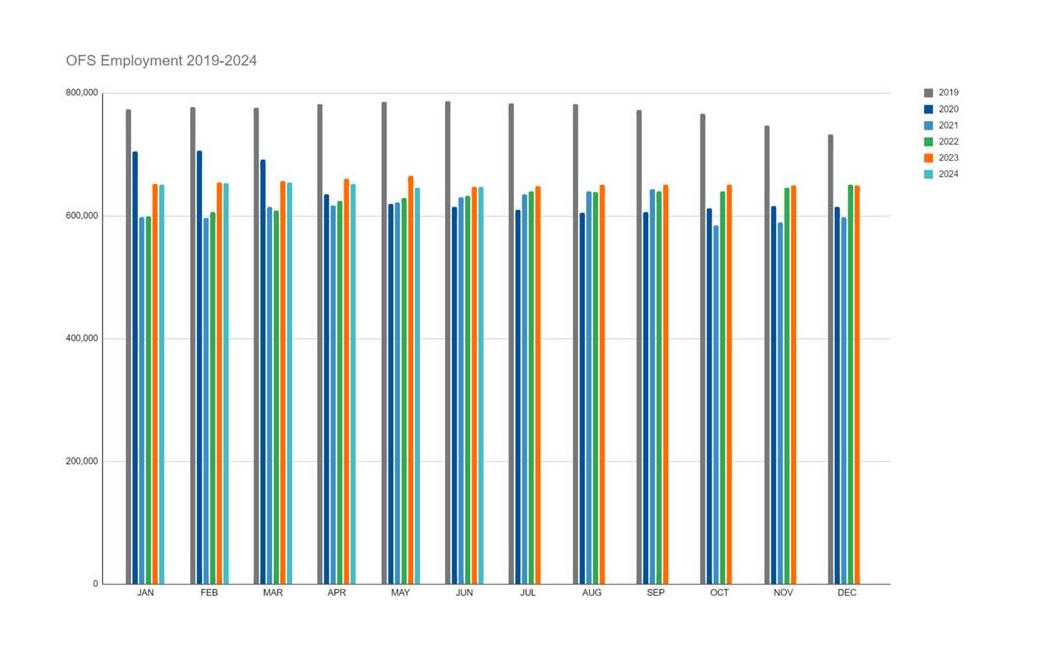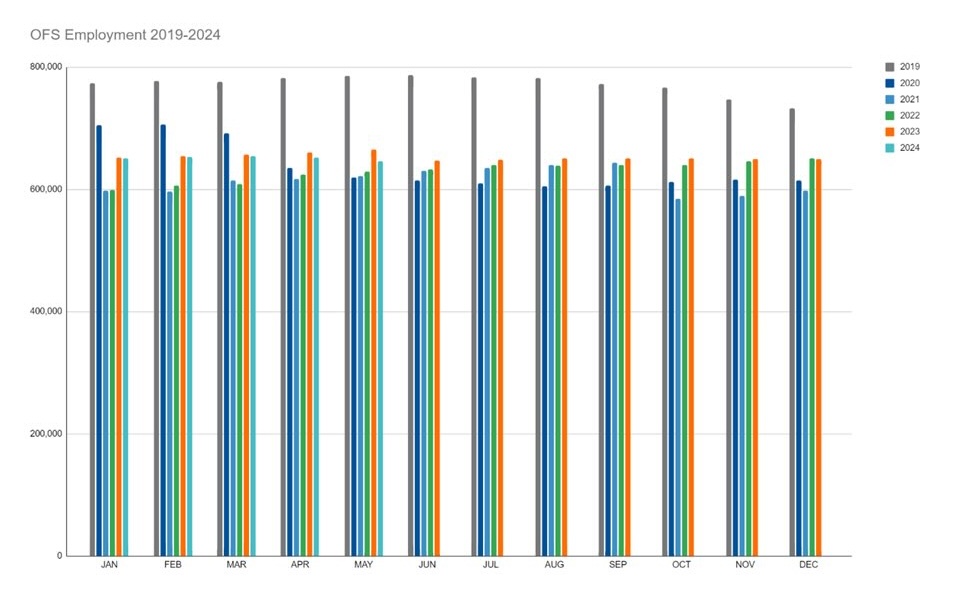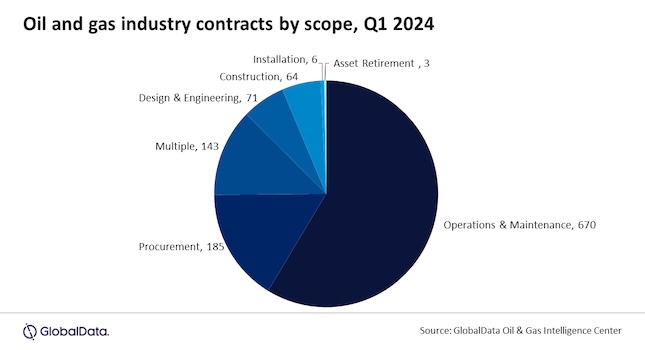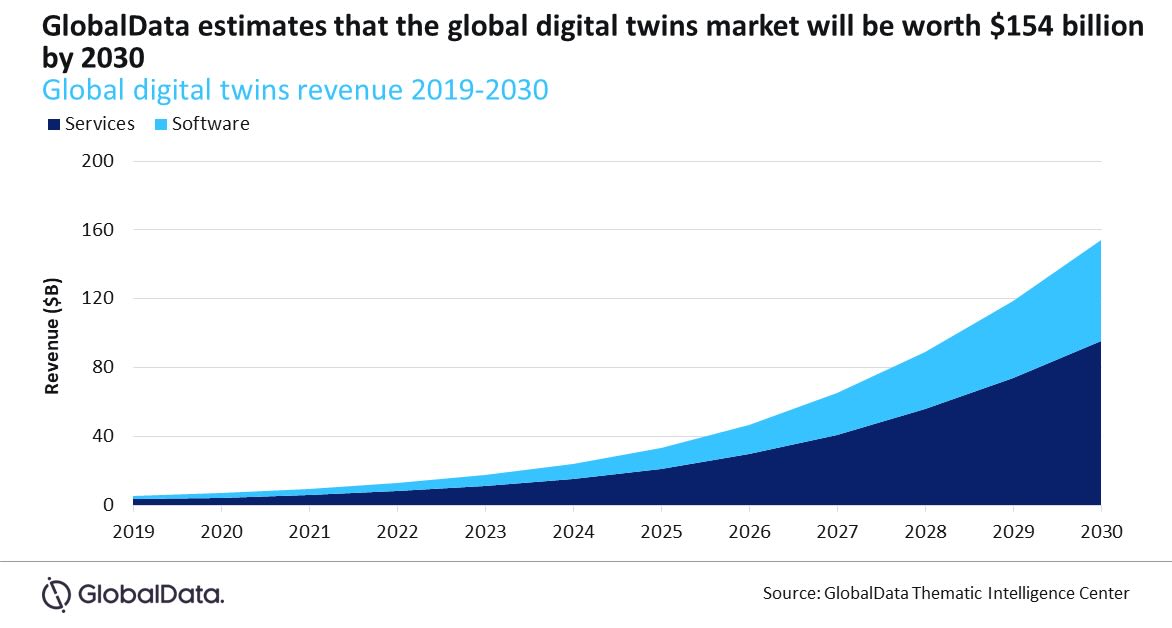DNV GL is releasing a paper that highlights details of its project to develop the next generation of verification to manage risks relating to major accident hazards.
Offshore verification needs to move with the times and improve its contribution to safety according DNV GL, a global risk management company. This September, DNV GL will reveal at the SPE OFFshore Europe 2019 conference details of its project to develop the next generation of verification to manage risks relating to major accident hazards.
The organization is piloting a new verification approach that utilizes digital technologies, particularly data mining techniques and smart software that were not available 30 years ago when verification was first introduced to the UK.
DNV GL believes this approach will improve the benefits contributed by the independent verifiers to offshore safety by taking a more focused approach towards assessing management of risks without increasing cost to the duty holder.
Several North Sea operators have been working closely with DNV GL to review how the verifier can improve its contribution to the management of offshore safety.
Jack Downie, head of development and innovation, UK Verification Services at DNV GL, said: “Through discussion with many duty holders, we know that there is a common understanding that the current verification system has not evolved in line with industry’s new reality. Much has changed in the last 30 years; our collective understanding of major accident hazards and the contribution made by safety and environmental critical plant and equipment has improved, safe systems of work are more advanced, computerized maintenance management systems have developed and offshore communication and technology is unrecognizable compared to the 1990s.”
The paper associated with the presentation will give examples of deficiencies in the current verification system and launch DNV GL’s proposed more efficient and encompassing service which follows the principles of process safety to ensure the verifier is looking at the right risks at the right time.
The aim of this new approach is to enhance the ability of the verifier, and therefore the duty holder, to visualize signals of deterioration in performance of their hazard management.
DNV GL will hold workshops with duty holders over the next few months and begin pilot assessments early in 2020 where technical results will be compared directly with traditional methods. The offshore workforce will be engaged through meetings and requests for feedback.
DNV GL
– Edited from a press release by CFE Media. See more Oil & Gas Engineering production and supply chain management stories.



